
New research finds English Learners in Texas benefit from attending charter schools
Thomas B. Fordham Institute's latest study broadens, deepens, and updates our understanding of the English Learner population.
According to the Thomas Fordham Institute’s latest research, Charter Schools and English Learners in the Lone Star State found that charter schools now enroll a disproportionate share of English Learners; compared to traditional public schools, English Learners in charter schools make some progress in reading, but less progress in math; English Learners in charter schools are more likely to pursue higher education.
In the 2020-2021 school year, approximately 28% of charter school students and 22% of traditional public school students were English Learners. However, nearly 40% of charter school students were or ever had been classified as English Learners—slightly higher than 31% of traditional public school students.
Between 2005 and 2019, the number of English Learners in charter and traditional public schools changed in each county—with a sizable English Learner population present in Houston, Texas.
However, in the 2018-19 school year, nine out of ten English Learners in charter and traditional schools lived in homes where the primary language was Spanish—with charter schools becoming a more popular option for English Learners, the home profile of this population resembles that of traditional public schools, and languages like Vietnamese, Arabic, and Urdu are the most frequent languages after Spanish and English.
“Most of our kids in the bilingual program, the parents are very for it. But some of the parents, for whatever reason, don’t want their students in the bilingual program. So then they are not,” said the traditional public school principal.
However, the English Learners baseline assessment in 2009 revealed 45% of students are at a “beginning” level, similarly about 13% of English Learners in charters had an “advanced high” baseline the same year— only a 7% decline by 2018-19 in charter schools and 5% in traditional schools. Despite 1-2% of charter school English Learners coming from households where English is spoken.
“While English Learners’ baseline reading and math achievement is below average (compared to all Texas students), there is little difference between the two sectors’ achievement profiles, especially in more recent years,” the report stated.
RELATED CONTENT
Although the percentage of English Learners in charters has grown—roughly 75% of English Learners in both sectors (traditional and charter schools) fall in the first or second quartiles of reading performance. Yet, 70% fall into the first or second quartiles of math.
English Learners in the eighth or tenth grade in charter schools were 4% to 5% more likely to graduate from high school than traditional public school English Learners.
More progress in reading?
The reading suggests that English Learners in charter schools make slightly more progress in reading and math—0.026 standard deviations in reading and -0.017 in math—the rough equivalent of moving a student from the fortieth percentile to the forty-first percentile—a relatively minimum difference in classification. It also shows that charter schools in Texas are quicker to reclassify English Learners as “somewhat proficient” when compared to traditional public schools.
To put in perspective, “three years after English-Learner identification, about 20 percent of English Learners in traditional public schools were reclassified, versus 27 percent of English Learners in charters,” said the report.
The study suggests more school leaders value bilingual education, with a charter school leader saying, “We are currently using an Eel model, not a dual language model. And the primary reason for that is that we are such a linguistically diverse school district. We have 45-50 different native languages.”
Despite the modest improvement in reading, English Learners' progress remains relatively consistent, and some of the barriers to serving this population of students depend on finding educators who speak English and Spanish well enough to provide instruction in either language and have bilingual education certification.
“At Vanguard Academy we believe that our students should preserve their native tongue because as we say in Spanish 'van a valer por dos', they will be worth twice as much,” concluded Dr. Narciso Garcia, Superintendent of Schools at Vanguard Academy Charter School in the Rio Grande Valley.


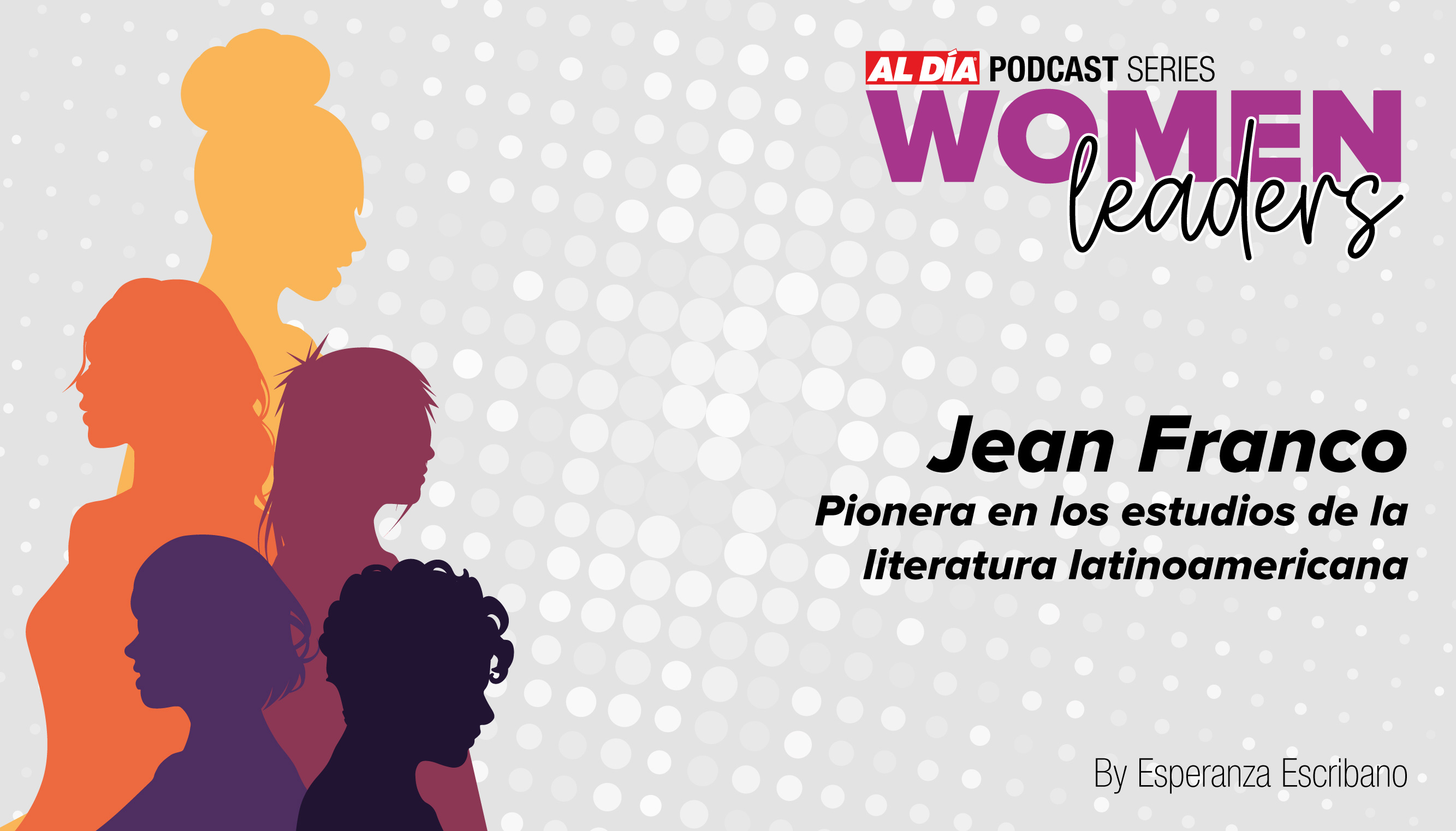

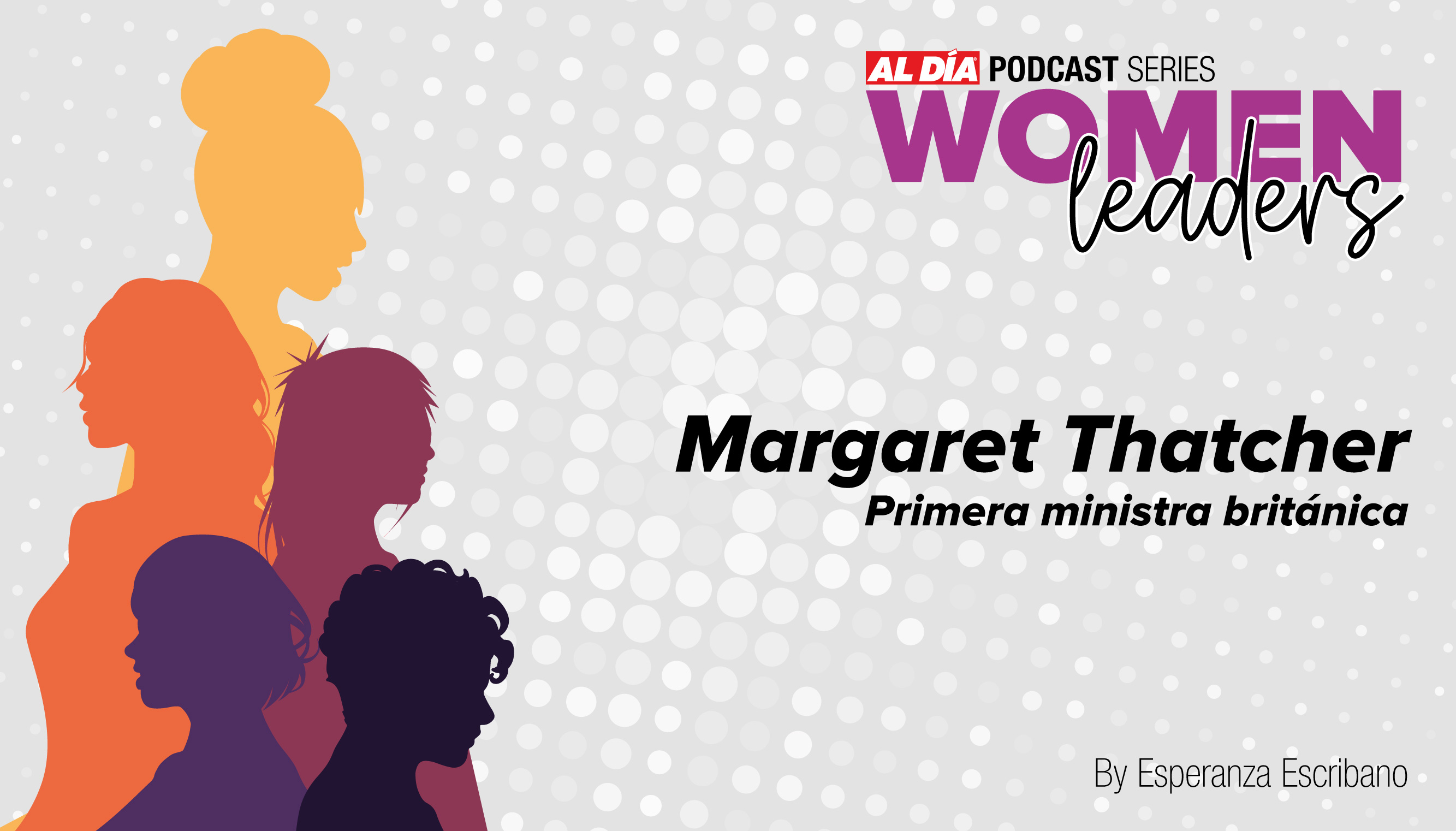
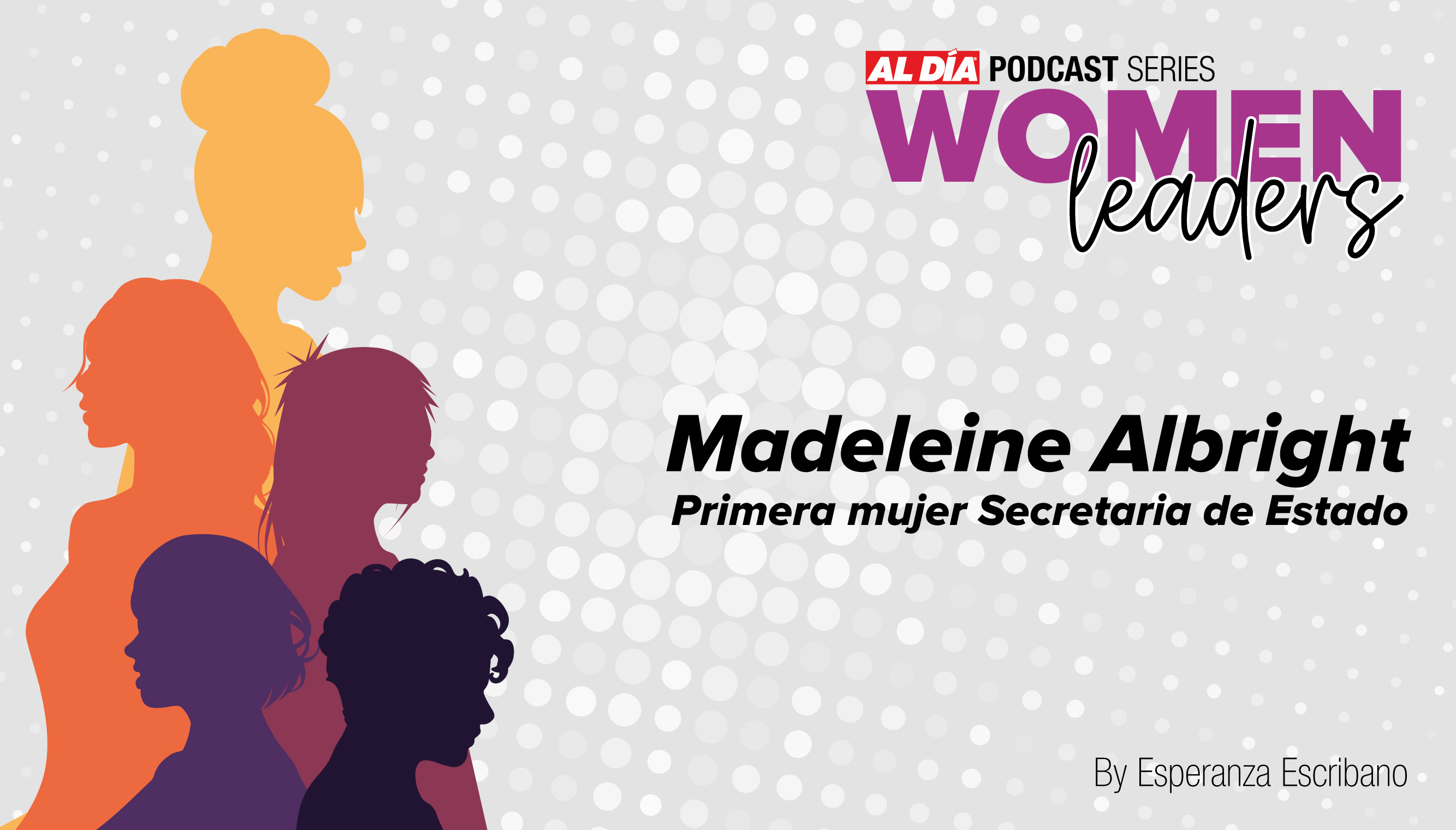
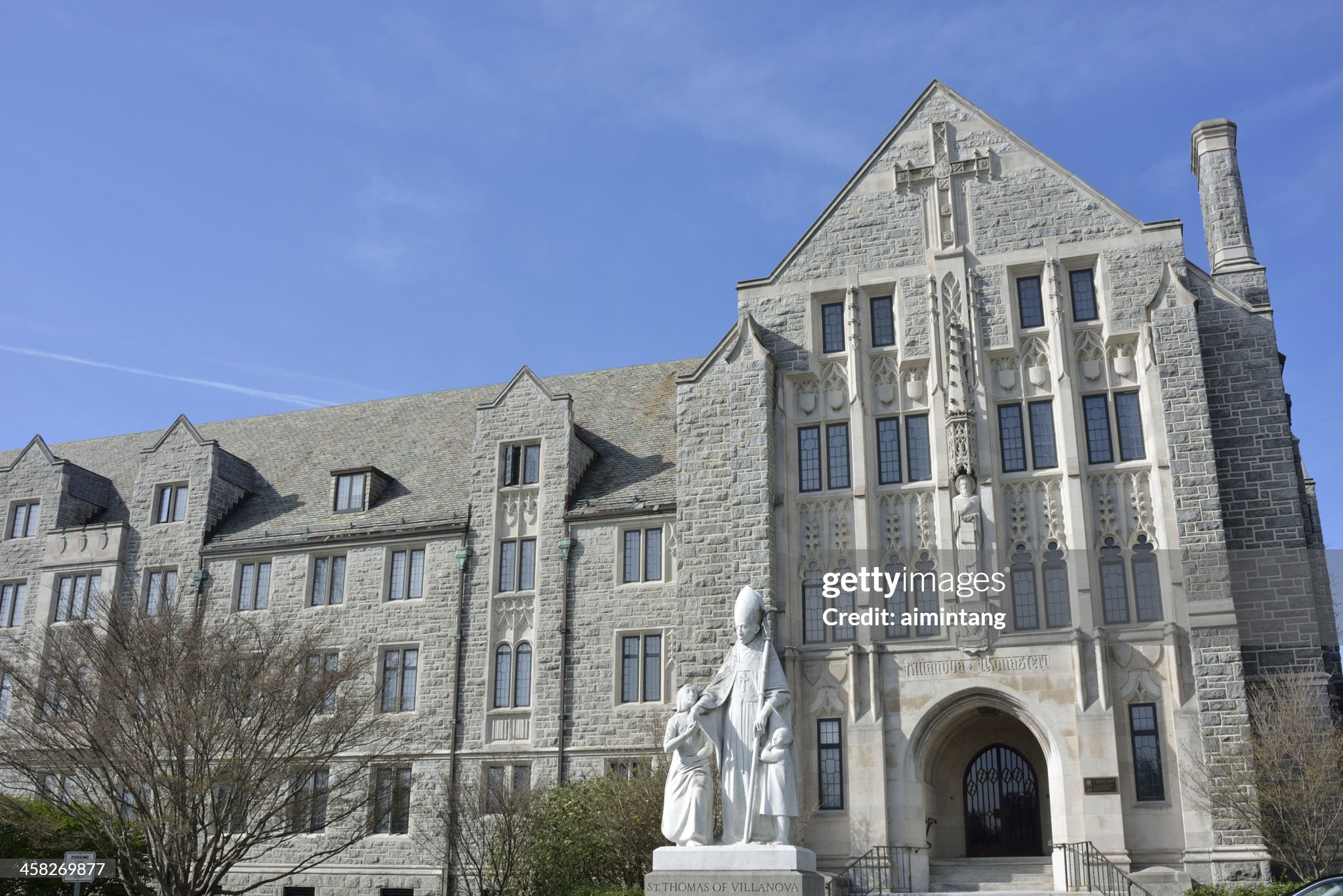
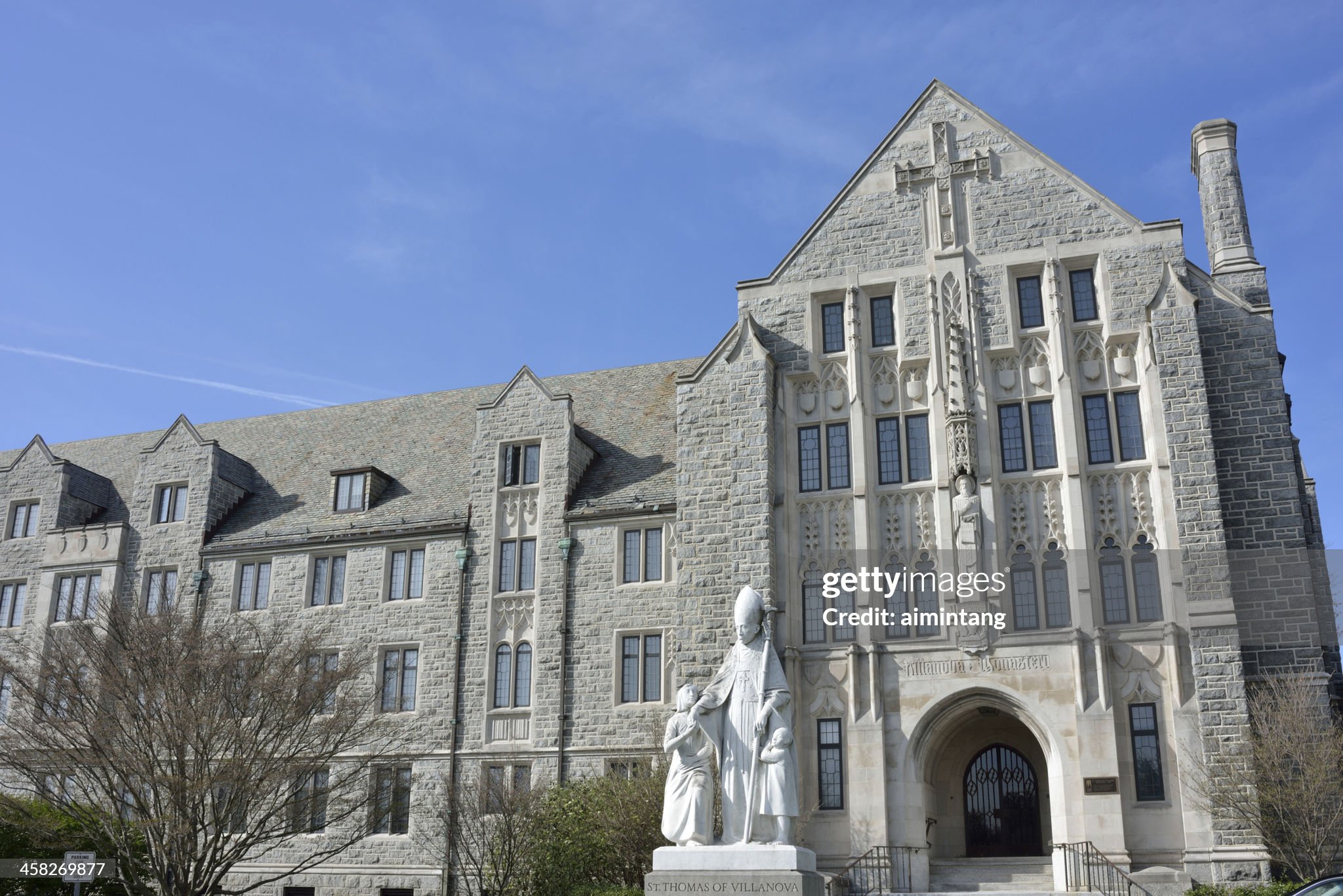
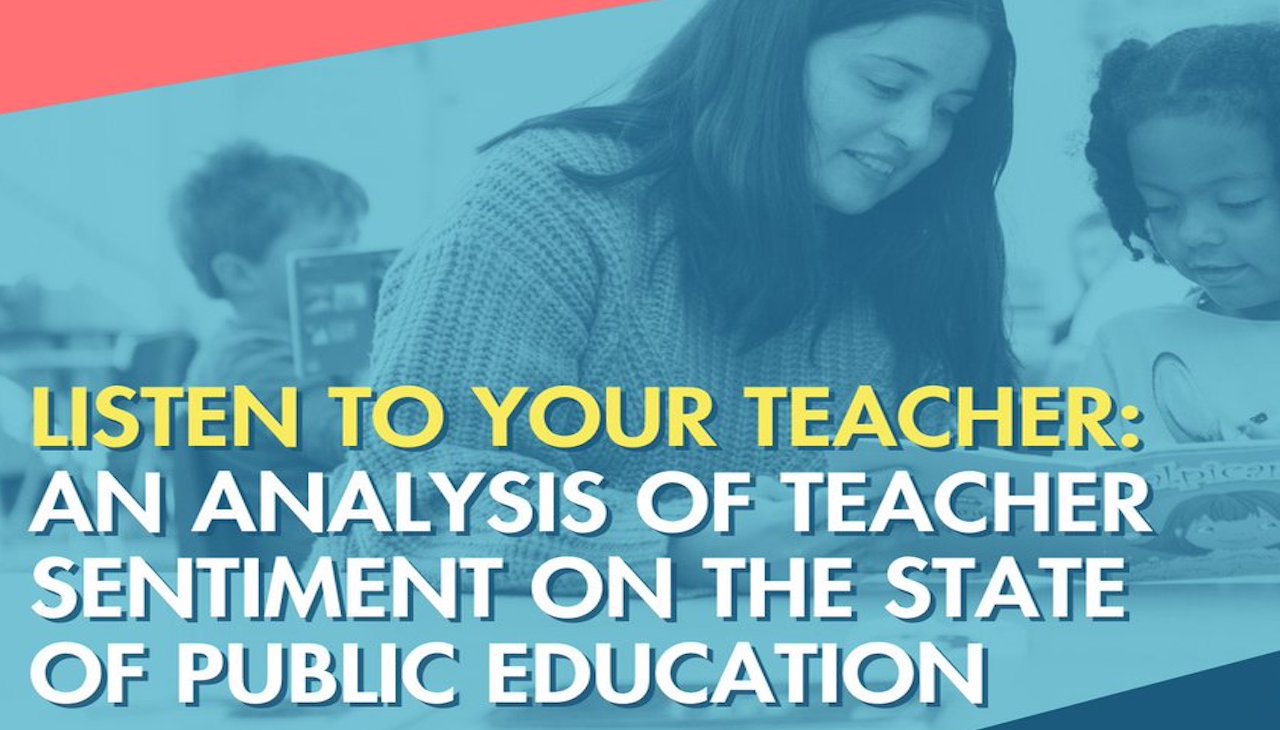
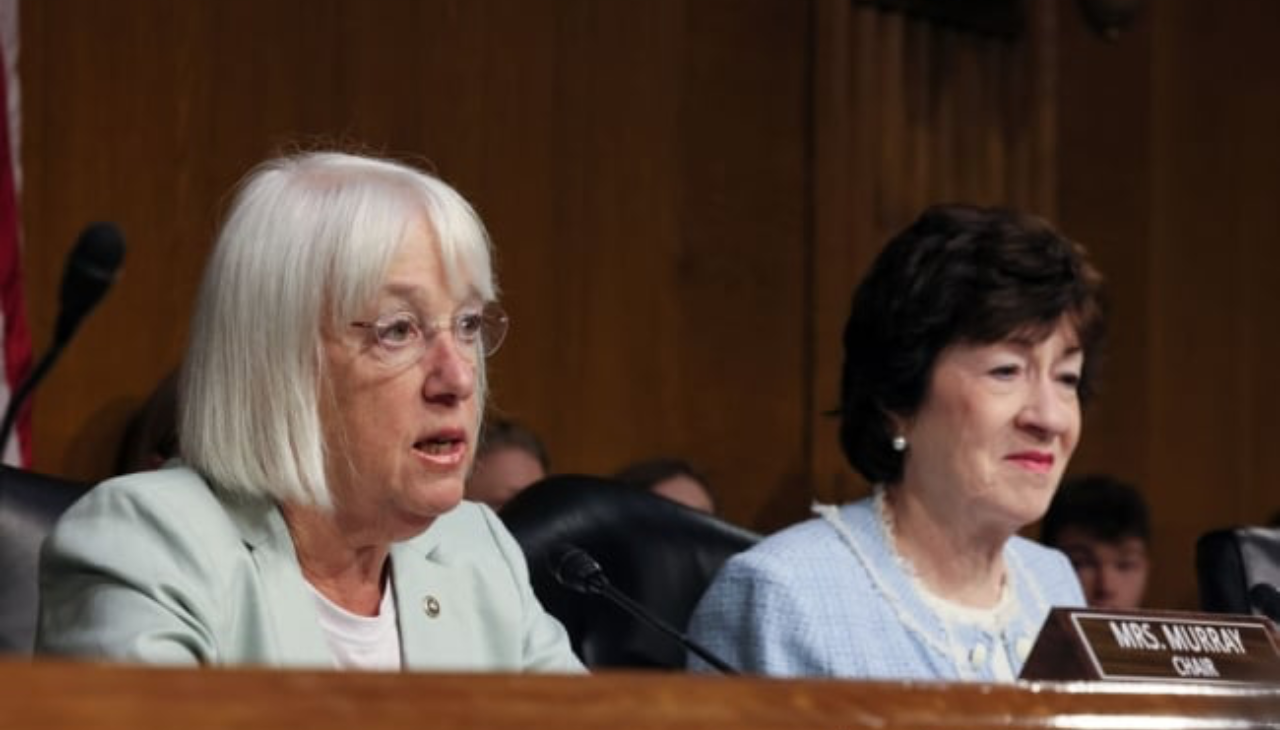
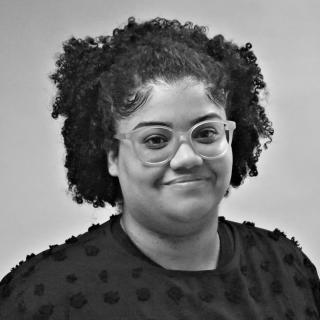
LEAVE A COMMENT:
Join the discussion! Leave a comment.